SaaS products are swimming in an increasingly competitive market, with customer expectations being higher than ever. Users are demanding a shift in the way companies approach their success. Cue user success tactics to save the day.
User success in SaaS focuses on individual users’ goals and pain points to deliver more relevant product experiences and drive product adoption. In this article, we’ll break down the concept of user success and give you a start-to-finish strategy with nine key metrics to follow.
User success treats each user as a unique entity for building meaningful relationships and boosting product usage. It differs from customer success in prioritizing individual users over customer accounts.
To make a user success strategy, you need to define user personas, create success flows for each, and build personalized pathways. Done right, it can help you unlock massive value for users.
User success isn’t an isolated function within a SaaS, it requires cross-functional efforts from multiple teams.
What is user success?
User success targets specific user pain points to maximize the value an individual user can derive from a SaaS product. It narrows the focus to a single user instead of looking at an entire customer account.
In other words, user success is the goal of a user-centric approach to building, iterating, and improving your product to meet user needs, priorities, and expectations. By focusing on user success you'll be able to increase user engagement, product adoption, and retention rates.
User success vs. Customer success: What’s the difference?
User success identifies individual users’ goals and challenges to improve their satisfaction with the product while customer success treats all users on one account as a group to solve the collective account’s problem.
For example, let's consider that company ABC uses a project management tool like Asana. There are three types of users within the company—the Product team, the Sales team, and the Marketing team. Each team uses the tool with a customized setup for their unique goals.
Here, a user success strategy would consider each team as a separate user persona and help them succeed individually. On the other hand, a customer success approach would look at the entire company as a single account and treat every team's goals equally.
How to set up a user success strategy
This strategy aligns the product’s value propositions with user expectations to ramp up your NPS score and drive deeper product engagement. Below, you’ll find five proven tactics to create a user-centric success strategy and get cracking.
Keep in mind that, if your product solves problems for different audience groups in different ways, you should have separate value propositions for each audience group or a user persona.
This way, you will position your product the right way, and make sure your prospective customers instantly understand the benefits they could gain and the ways your product helps them get their job done more quickly and easily.
Define what success looks like for different user personas
You'll likely create user personas for each audience group to cover roles, demographics, and firmographics, as well as pain points, interests, priorities, goals, and more.
Teams that look after user and customer success can then use these personas to understand different goals and expectations users have for the product. This information helps in defining success for each user and customizing their journeys to reach all their goals.
Designing personas for user success is a two-step process:
Monitor and document user behavior: Analyze how users across different accounts and lifecycle stages interact with your product. Document their behavior and sentiment with contextual in-product Microsurveys to note how their interactions are similar to other groups of customers.
Segment users with similar characteristics: Group users with similar characteristics, like engagement level, product usage, SaaS ARR/MRR, lifecycle stage, and more. You can then categorize these groups into well-defined personas.
Mailchimp has an excellent example of designing user personas. Their user persona research (conducted almost a decade ago, but still relevant today) narrows their primary users into five key personas, and here's how they represent them visually.
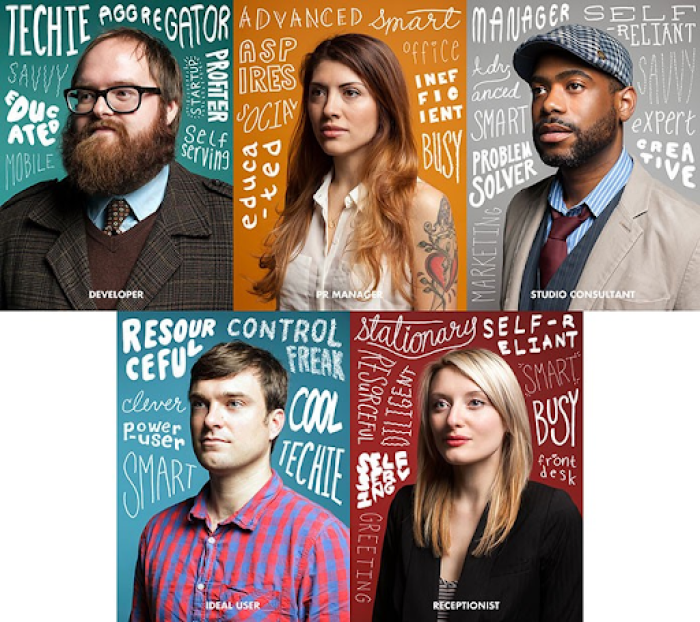
Source: Mailchimp
User segmentation and defining success for every segment is the first step to personalizing your product for specific user needs. It allows various teams to design unique user experiences tailored to the problems and preferences of every individual user.
Below is our user persona template to help you get a sense of what to include. You can download it right here ⬇️
Create a success flow for each user persona
Once you know what success looks like for every user, create custom pathways for users to navigate the product seamlessly and achieve maximum success quicker.
A few questions to consider when creating success flows for each persona:
What are the primary needs and expectations of the user?
What main problems are they trying to solve with your product?
Which product features are best suited to solve these problems?
How can users customize and apply these features to their advantage?
In what ways can you streamline their interaction with the product?
Are there any friction points slowing down their pathway to success?
Draw on these reasons to design faster and more effective journeys to activation, leading users to “aha!” moments where they recognize the product’s usefulness and are more likely to stay.
To keep your whole team aligned, you can create a user journey map as an accompanying asset at this stage. And here's an example of what it could look like.
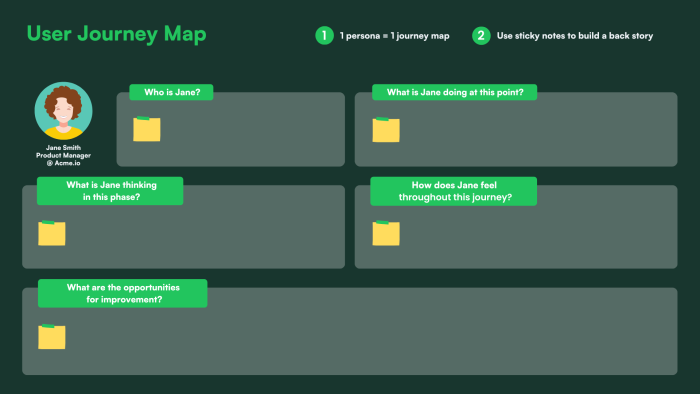
Personalize in-product experiences
Personalized in-product experiences can boost product usage, enhance user engagement, and improve product stickiness. You can use customer data to personalize user experience in many ways. Here are a few examples.
Personalize user onboarding: Gather new users’ inputs when they sign up, segment them into the right persona, and customize their onboarding experience to reduce time to value (TTV). You can create various types of in-app guides, including product tours, feature walkthroughs, onboarding checklists, tooltips, help menus, and more.
Scribe does this well with a few quick prompts to first understand a new user's role and needs. The tool uses these responses to customize the welcome screen and save new users time setting things up.
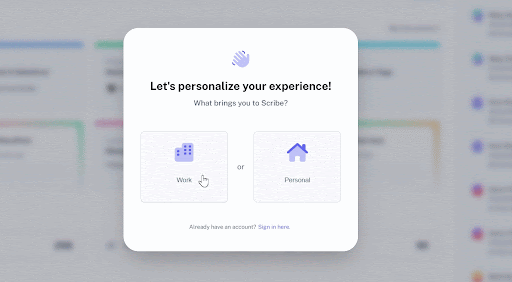
Source: Scribe
Personalize for roles: Designing unique flows for different roles and use cases. You can segment users at the first step of the sign-up process by asking them directly about their role, or by implementing a single-question Microsurvey into a welcome flow to ask what their primary use case is going to be.
Personalize UX notifications: Include only the most relevant information to give new users the confidence that your product can solve their problems and take them closer to their goals.
Here’s how Basecamp does it with its welcome screen for new users with a note from its CEO. While the message underscores Basecamp's primary value propositions, Jason's email builds confidence among users.
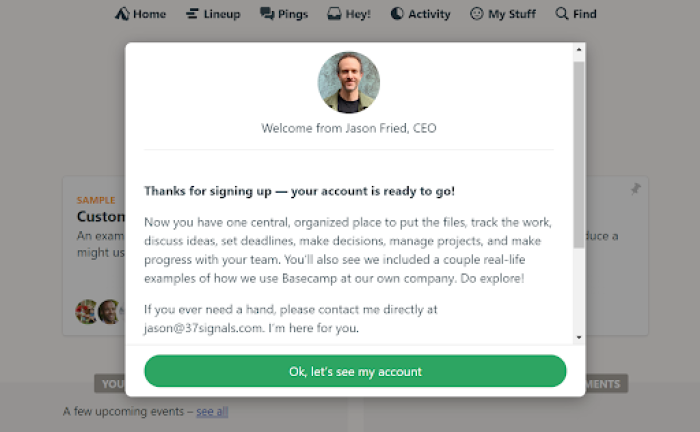
Source: Basecamp
Align user goals with your product goals
Product goals support your vision for the product over a defined timeline. Instead of relying on guesswork to set these goals, gather insights from your users to align their goals with your product roadmap. Customer-driven goals are more closely tied to user behavior and customer health. You can establish these goals by:
Collecting customer feedback and interacting directly with your users
Measuring customer satisfaction and product usage to identify usage gaps
The bottom line is that matching user goals to product goals can make your product roadmap more user-centric to maximize success. It will also create brand advocates if you’re successfully communicating new features and product tweaks rolling out off the back of user feedback.
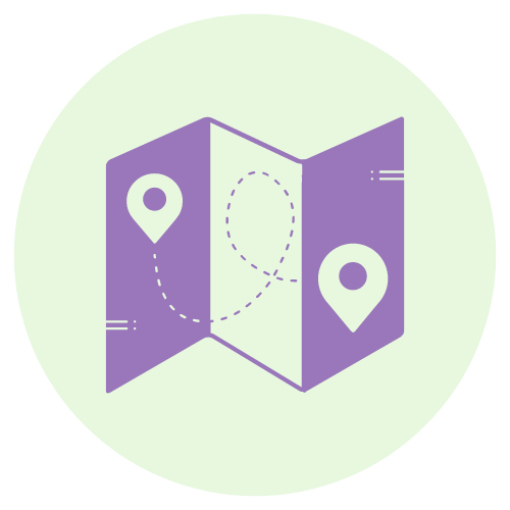
🎬 Webinar: Validating Product Roadmaps With Your Users
Learn how to validate new product ideas and solutions with user feedback in this webinar with Maze
Experiment and iterate as your product evolves
No product is perfect. However, you can make it close to it through constant experimentation and iteration based on your learnings. Adapting your product design to satisfy user needs is the key to enhancing product adoption and achieving greater success.
Follow an iterative approach to product development by continuously sourcing customer feedback and acting on it as quickly as you can. Once you’ve done that, communicate it. Let your users know that you've made a change and improved what they care about.
Loom releasing a feature to stitch videos together is the best case in point for this. While the product was initially designed to create and share videos and communicate asynchronously, it originally couldn’t compile multiple videos together.
The team identified the need for this function through user feedback and launched a new feature to stitch videos together. Here’s their explainer video.
9 key user success metrics to track
Designing a strategy is just the first step. Once it's in action, you also need to track progress and measure user success at different product adoption stages.
Here are nine crucial metrics most SaaS companies swear by.
1. Activation rate (for new users)
User activation rate is the percentage of users who have completed a set milestone in the onboarding process—making them more likely to use the product further.
To calculate the activation rate, divide the number of users reaching the given milestone by the total number of users who signed up.
2. Engagement score (for new and existing users)
User engagement score is the percentage of users actively using the product in a defined timeline. This metric shows how much users have internalized the product’s benefits to use it actively in their day-to-day.
To calculate the engagement rate, divide the number of active users during a given period by the total number of users. You can follow the same formula for both new users acquired in a specific period and existing users over a longer timeline.
3. Time to value (for new users and upgrades)
Time to value (TTV) calculates the time it takes a new user to derive value from your product. A shorter TTV gives users a faster return on their investment, increasing their chances of using the product further and not churning.
Tracking TTV for new users and those who upgrade to better plans shows how optimized your product onboarding experience is to efficiently solve customer problems.
4. Feature adoption rates (for new users)
The feature adoption rate measures how well existing users employ core features in their usual actions within the product
This metric is crucial for understanding the level of feature discovery and adoption. You can also track the frequency and percentage of users using a specific product feature, as well as the effectiveness of your new feature announcement.
To calculate the feature adoption rate, divide the number of users employing the feature by the total number of users.
5. Advanced feature adoption rates (for true product fans)
Advanced feature adoption rate applies to active users and the level of their interaction with advanced features. It helps you understand how well the feature works to help users complete their tasks and accomplish their goals.
You can also track adoption rates when upselling a feature to a paid user and understand if it's worth their investment.
6. DAU/MAU (for active users)
Measuring daily and monthly active users is another effective user success metric. These metrics highlight how sticky your product is for users and how important it is in getting their work done.
To calculate daily active users (DAU), divide the number of unique daily users over a month by the total number of days in a month.
To calculate monthly active users (MAU), divide the number of unique monthly users over one year by 12.
7. MRR/ARR (for upsells/upgrades/new customers)
Monthly recurring revenue (MRR) and its annual version (ARR) calculate the recurring revenue from subscriptions and upgrades. These are critical to measuring success from upsells, upgrades, and new customers.
To calculate MRR, multiply the total number of active users by the average billed amount.
To calculate ARR, sum up the overall subscription revenue per year and the recurring revenue with upgrades, and detract the revenue lost from cancellations.
8. Customer health score (for regular account checks)
Customer health score helps identify any users at risk of churning. At the same time, this score indicates the success they've gained from the product.
While there's no one-size-fits-all formula for a customer health score, most teams consider a few standard parameters to calculate this score, such as product usage, account growth, renewals, upsells, support tickets, engagement rate, and more.
9. Customer lifetime value (for a holistic account view)
Customer lifetime value (LTV) calculates the total earnings coming from a single customer in their entire lifetime. It measures the average revenue a business would generate from a customer throughout their relationship to assess the customer’s value.
To calculate LTV, multiply the customer value by the average customer lifetime.
Who should own user success at your organization
Now that you have a solid strategy and the right metrics to drive users o success. But who’s responsible for this? Let’s get to the bottom of the debate and answer the million-dollar question: Who owns user success?
In a traditional setup, Customer Success Managers are responsible for helping users extract the product's total value and hit their goals. They also justify the product's ROI and nudge users to renew their subscriptions timely.
But in a product-led growth setup, user success pursues an entirely different purpose. A success team focuses on increasing an individual user's efficiency to accomplish their value goals.
To enable this, you'd need:
Product teams to design personalized flows for interaction
Customer success teams to identify users’ targets and challenges
Product marketing teams to prompt the right in-app messages
Product champions to proactively guide users toward success
Product growth managers to oversee the growth process from start to finish
Put simply, user success isn’t a siloed function within an organization. It’s a result of the collective effort of multiple teams, roles, and power users.
Invest in user success for faster product adoption
First off, you need an airtight user success strategy that clearly outlines user personas and creates an activation pathway for each user type.
This helps you customize the in-app experiences to every user’s goals and pain points, analyze their behavior with relevant metrics, and automate your in-app product messaging.
When done right, a user success strategy can help SaaS businesses unlock massive value for users and ultimately boost customers’ bottom line.
Remember to keep user goals at the core of your product roadmap and you’ll be building a product that people love, use, and find success with—day in, day out.
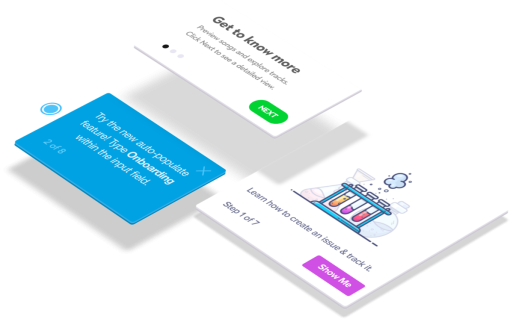
Create in-app experiences that retain and convert users
Chameleon makes it easy for product marketers to create tooltips, modals, and product tours without code





